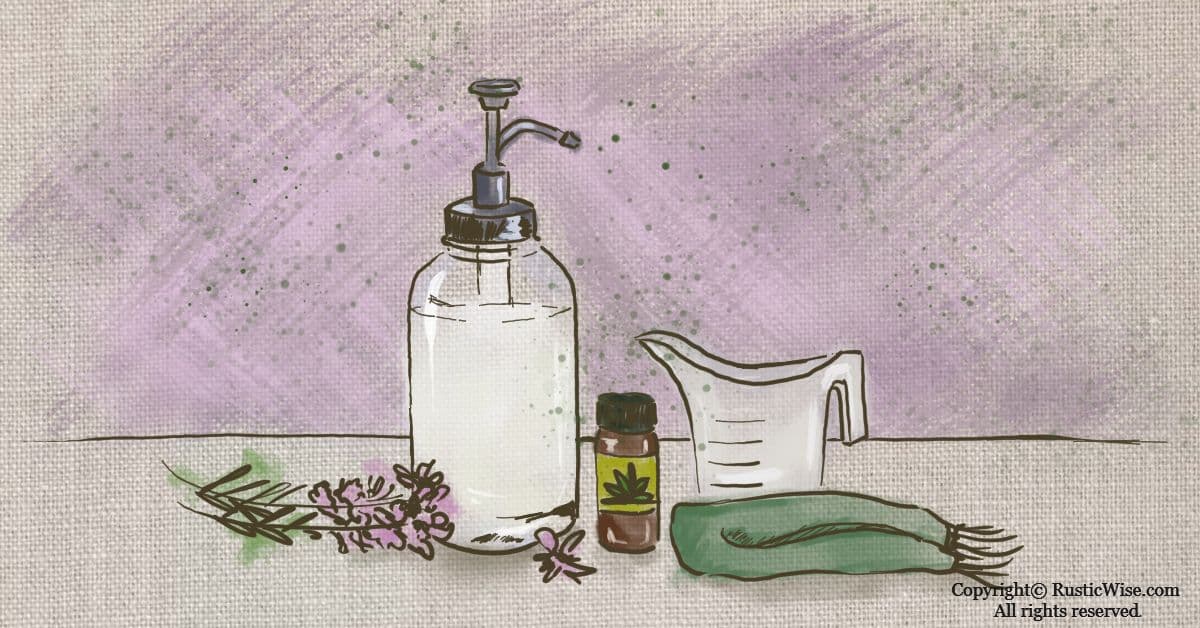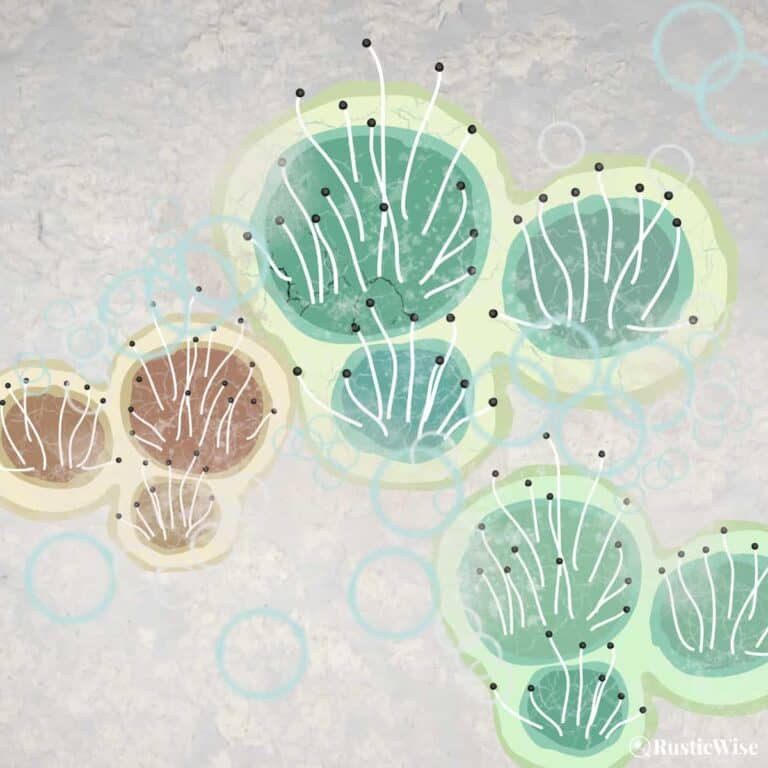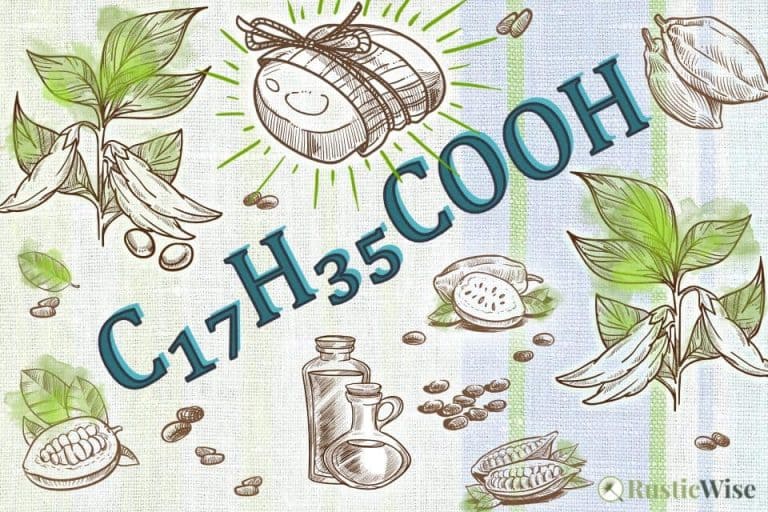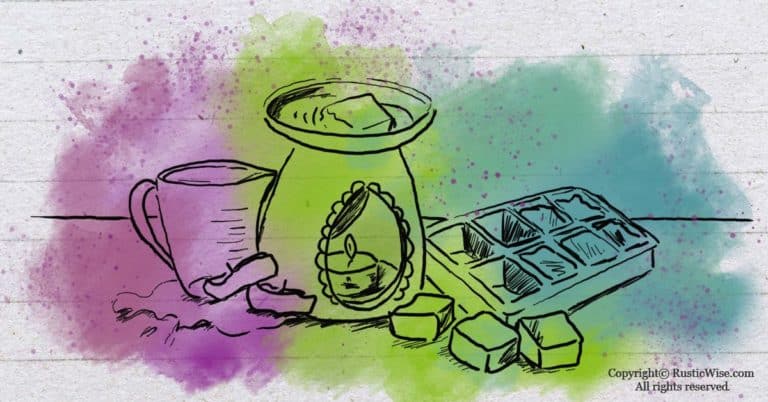How To Make Liquid Antibacterial Soap With Natural Ingredients
Everyone is washing their hands more often these days. More than ever, we want to clean ourselves of harmful bacteria. However, if your hands are raw and dry from using scrubbing with store-bought soap, you might be wondering how to make liquid antibacterial soap from scratch. Making your own gentler and natural antibacterial soap is easier than you think.
Ready to make your own easy DIY liquid soap? Let’s get started!
What’s in commercial antibacterial soaps?
Before we dive into how to make your own homemade hand soap, let’s look at some of the ingredients found in most store-bought soaps. Most manufactured hand soap is made of a blend of synthetic detergents, including synthetic fragrances, dyes, preservatives, and foaming agents.
Antibacterial hand soap, also labeled as antiseptic or antimicrobial soap, contains added chemicals not found in “regular” soap that’s formulated to help remove bacteria.
These chemicals most commonly include triclosan and triclocarban. In 2016, the U.S. Food and Drug Administration (FDA) banned the use of triclosan and triclocarban as manufacturers could not illustrate that these ingredients are safe for long-term regular use, nor could they prove they were more effective than plain soap in preventing the spread of germs.
This ban however, doesn’t apply to soaps used in hospital settings, nor hand sanitizers or wipes.
Ingredients in manufactured soap that raise red flags
Here’s a few ingredients found in most store-bought liquid hand soaps to be wary of:
- Tricolosan and triclocarbon: Several studies on animals have linked triclosan to issues with the reproductive system, increased sensitivity to allergens and asthma, and poor gut bacteria. However, more human studies are required in this area.
- Sulphates: If you’re using the same kind of store-bought soap to wash your hands dozens of times a day, you might have dry, chapped skin. This is due to the use of a variety of sulphates in commercially-made soap. Sulphates are chemical surfactants designed to foam, lather, and are effective at stripping away oil and grease. On your hands over time, they strip your skin of natural, healthy oils. Common sulphates include sodium lauryl sulphate (SLS) and sodium laureth sulphate (SLES). These are linked to irritation to eyes, skin, and lungs.
- Parabens: Used as preservatives, this group of chemicals are linked to issues with developmental and reproductive toxicity, endocrine disruption, and allergic reactions.
- Synthetic fragrances: The U.S. Food and Drug Administration does not require manufacturers to list the ingredients of the synthetic fragrances. Each fragrance may contain dozens of unlisted chemicals and compounds. Synthetic fragrances are linked to respiratory problems and migraine headaches.

Do we really need to use antibacterial soap?
In a nutshell, no. According to many medical experts and the U.S. Food & Drug Administration (FDA), antibacterial soap is not necessary. Scrubbing well with plain soap and water works just as well.
So, why are we writing a post about how to make liquid antibacterial soap?
Well, let’s face it—most of us still want the peace of mind that comes with knowing your hands are squeaky-clean. We just want to do so in a way that’s free of toxic chemicals that are harmful to our body and the environment.
The power of essential oils and natural ingredients
The good news is you can make your own natural antibacterial soap using a few simple ingredients:
- Liquid castile soap: A vegetable-based soap that’s gentle, yet effective at cleansing. It’s 100 percent natural, biodegradable, and nontoxic. Sometimes castile soap includes nourishing oils such as almond, coconut, castor, hemp, walnut, or avocado. There are a number of makers of castile soap with one of the mainstays being Dr. Bronner’s. You can find castile soap online, or at most grocery stores.
- Grapeseed oil: When used on the skin, grapeseed oil is a rich source of vitamin E and omega-6 fatty acid. It has moisturizing and skin-brightening properties without leaving your hands a greasy mess.
- Essential oils: Derived from natural plants or flowers, essential oils not only add a natural fragrance to your soap, they also add cleansing or antimicrobial properties too. A few essential oils with antibacterial properties you could try using include:
- Distilled water: For best results, use distilled water. This prevents any minerals or contaminants from tap water from interfering with the recipe. If you don’t have distilled water, no worries. Filtered water can work as a replacement.
Tip: If you don’t have distilled or filtered water, you can try boiling water. Heat water in a saucepan until it reaches a rolling boil. Let water boil for 1-3 minutes. Allow water to cool, and using a coffee filter to remove any impurities, pour water into your soap dispenser.
Easy DIY liquid antibacterial soap recipe
Now, let’s learn how to make liquid antibacterial soap! With just four main ingredients, why not try making your own liquid antibacterial hand soap? The great thing is you can customize your homemade soap with your favorite scents! By selecting an essential oil with antibacterial properties (see above), you add to the cleaning quotient.
You’ll need:
- A clean, empty soap dispenser
- About 1 ½ cup of distilled water
- ¼ cup of liquid castile soap
- 1 tablespoon of grapeseed oil
- Around 15-20 drops of your choice of essential oils (see above for a few good choices)
Fill your soap dispenser with distilled water. Add the liquid castile soap and grapeseed oil. Finally, add around 15-20 drops of your choice of essential oils. Some essential oils are more potent so adjust accordingly. Replace the soap dispenser lid and shake thoroughly until mixed.
Enjoy your new handmade soap!
Note: The liquids tend to separate when sitting for a while. This is normal. Just give your soap bottle a gentle swirl before using to reblend the soap mixture.
Proper handwashing technique
Perhaps more important than the type of soap used, is proper handwashing technique to keep the nasties at bay. The CDC recommends washing your hands with soap and water for at least 20 seconds. Don’t forget to scrub between the fingers, and underneath the nails!

Author: Theresa Tesolin
Theresa is co-founder of RusticWise. She helps people unleash their inner DIY spirit by encouraging them to get dirty and make or grow something from scratch.










